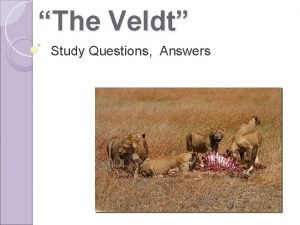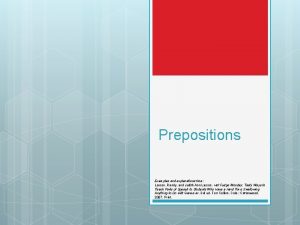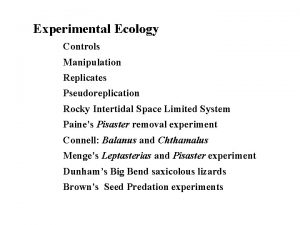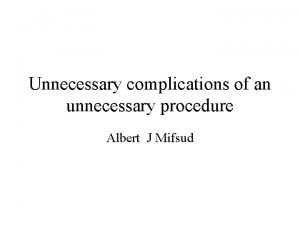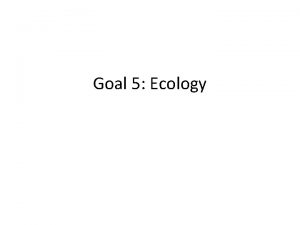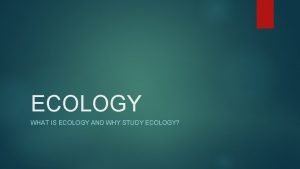Methods in Experimental Ecology II Why Pseudoreplication Unnecessary








- Slides: 8

Methods in Experimental Ecology II

Why? Pseudo-replication Unnecessary complicated analysis Weak inference Confounding variables

Methods in Experimental Ecology I Experimental Design and Pseudo-replication Probability Distributions Data with normal errors Summary statistics Confidence Intervals Regression Model Selection approaches Mathematics Computer Science Statistics Methods in Experimental Ecology II Bayesian and Frequentist approaches Complex data General Linear Models Mix-models Non-linear Models Data modeling

Approach • Understanding the attributes of the data • Implementation of analysis • Identification of model limitations • Understanding different approaches • Application to case studies

Bayesian Analysis

Demo

Session 0 1 2 3 TOPIC Class presentation Why to spend time with these topics? Exercise 1 Why to worry about assumptions? M. Luther King Exercise 2 Three Frameworks of Analysis Exercise 3 Class dates / return exercise January 6 January 8 January 13 -15 January 20 January 22 January 27 -29 February 3 4 Why Bayesian? The model of the mean February 3 -5 5 Exercise 4 How to analyze binary responses? Exercise 5 February 10 -12 6 How to analyze non-linear relationships? February 17 -19 7 8 9 10 11 12 13 Exercise 6 How to deal with count data? Exercise 7 Why linear mixed models? Spring Break Exercise 8 Model selection for mixed models Exercise 9 Model selection for mixed models Exercise 10 Models for data with too many zeros Exercise 11 Non-linear count data Exercise 12 Hierarchical models Exercise 13 Closing remarks FINAL EXAM (as scheduled) February 24 -26 March 2 -4 February 10 February 17 February 24 March 2 March 9 March 11 March 16 -18 March 23 -25 March 30 -April 1 April 6 -8 April 13 -15 April 20 March 30 April 6 April 13 April 20

R • Students can use any platform they feel comfortable • However, we will teach using R because • • It is free It has reasonable documentation in the web It is flexible It has many applications for biological purposes
